What is a drop ceiling light
A drop ceiling light is overhead light fixture that is laid or clipped into the metal grid of a drop ceiling. A drop ceiling is a secondary ceiling that is hung below the main structural ceiling of a building. Also known as a suspended ceiling, false ceiling, grid ceiling or T-bar ceiling, a drop ceiling consists of ceiling tiles supported by aluminum or steel frames that run in a grid pattern across the room. The ceiling grid system creates a plenum space above the secondary ceiling that can accommodate the constant change in space requirements, electrical wiring, lighting layouts, air duct relocations while providing a clean ceiling aesthetics and acoustic absorption. Suspended ceilings are very popular in offices, schools, hospitals, retail spaces and commercial structures.
Troffer lights
While ceiling tiles rest on T-bars to produce a finished ceiling for a space, drop ceiling can also accommodate lighting fixtures in the way they support ceiling tiles. Overhead lighting from grid ceiling systems is accomplished using recessed lighting fixtures that sit flush with the ceiling. These light fixtures are commonly referred to as troffer lights. Drop ceiling lights are designed to fit within the regular grid patterns with a size matching that of grid cells. In the United States and its neighboring countries, the grid is typically arranged in a 2’ x 2’ (610 mm x 610 mm) or 2’ x 4’ (610 mm x 1,220 mm) pattern. In China and most European countries, the most common cell size in the suspension grids is 600x 600 mm or 600 mm x 1,200 mm. The ceiling tiles and troffer fixtures are slightly smaller. Troffers are generally lay-in fixtures can be maneuvered above the grid and dropped into position from above the ceiling. In concealed metal grid ceiling systems, light fixtures are clipped into the grid from below the ceiling.
There’s nothing worse than fluorescent lighting
Conventional drop ceiling lights are relatively deep and cumbersome troffer fixtures that are built around fluorescent lamps. Fluorescent lighting gained favor over incandescent technology for its uniformly diffused light as well as improved efficacy and life. However, this technology is pretty nasty when it comes to the quality of light. The spectral quality is traded for luminous efficacy, resulting in poor color rendition and blue-rich lighting that increases the risk of circadian rhythm disruption and, although it’s very rare, blue light hazard. Fluorescent lighting is often accompanied by flicker which can affect one’s ability to concentrate and has negative effects on health. A small percentage of the population that is susceptible to flicker can experience severe headaches and migraines. As lighting becomes more connected, the poor controllability of fluorescent lamps makes it impossible for commercial lighting to meet ever-tightening energy efficiency standards through various lighting control strategies such as occupancy sensing, daylight harvesting and IoT enabled smart lighting.
Lamp-based retrofit LED fixtures
Today, drop ceiling lights are LED-based systems which capitalize on the unprecedented energy efficiency, controllability and reliability of semiconductor light sources. Traditional troffer fixtures are available in three types: volumetric troffers, parabolic troffers, and lensed troffers. These systems implement varied optical designs to control luminous flux from fluorescent lamps. Fluorescent troffers can be upgraded to LED lighting through retrofit which is a method to modify a lighting systems using LED lamps with the same physical size, form factor and electrical supply adaptor systems. However, lamp-based retrofit LED fixtures are inherently limited in performance, reliability and efficiency. LED lamps such as T8 or T5 LED tube lights are often designed with compromise due to the size and budget constraints. System-level optical loss with lamp-based design is very high, and it’s impractical to build more controls into conventional systems for sophisticated lighting control.
A holistic design approach to LED drop ceiling lights
LEDs are compact light sources that offer great freedom in design of LED luminaires. They’re also temperature sensitive devices that require an effective thermal path to extract heat from the semiconductor junction. As a byproduct of converting electricity into light, the heat generates within an LED package can raise the operating temperature if allowed to accumulate. Overheating the LEDs will result in premature color shift and lumen maintenance. This temperature dependence of LED performance and lifespan dictates an integrated design of LED luminaires. Integrated LED troffer lights provide more effective thermal management than lamp based systems by building LEDs into fixtures. The directionality of LEDs enables high efficiency control of light distribution.
By harvesting characteristic unique to LEDs, not only drop ceiling lights of conventional designs can be built with a compact form factor, more inventive designs such as ultra-thin LED panel lights have been created. Integrated systems allow the use of intelligent LED drivers and incorporation of IoT capabilities. The convergence of LED, IoT, and smart lighting controls enables new lighting applications. Lighting controls are no long meant to be only about on/off switching or variable light intensities. Intelligent mixing of LEDs with different color temperatures in one light engine allows both the spectrum and intensity of light to be dynamically controlled in a way that increases motivation, concentration and quality of life.
Optical design
In the past, many drop ceiling lights feature large parabolic aluminum louvers to control glare. These fixtures are called parabolic troffers. Troffers that use louvers with specular finishes are rarely seen in new construction projects nowadays as they’re designed to accommodate fluorescent lamps which have an omnidirectional distribution. The PowerBalance LED luminaires from Philips take on a design similar to parabolic troffers but come with an integrated construction and a white reflector finish. Recessed light sources reduce high angle glare. White finishes painted on reflector cups make a space feel brighter and often appeal more. A more popular design of drop ceiling lights makes use of light reflecting off the inner surface of a recessed housing from concealed or obscured LED modules. The reflected direct optical system produces a perfectly diffused light emitting surface. Drop ceiling lights of this type are known as volumetric troffers. Diffused/lensed troffers are direct-lit systems that use diffusers or lenses to mitigate glare. But this type of drop ceiling lights may provide the lowest level of visual comfort because the high directional intensity of LEDs lends a great challenge to glare control.
Glare control
LED technology gave birth to ultra-thin flat panel lights which use edge-lit design to achieve uniform luminance across the surface of the luminaire. LEDs arranged along four or two sides of the luminaire. Edge mounted LEDs pump light into an acrylic light guide plate (LGP) which evenly distributes light across the face of the panel by total internal reflection (TIR). The multi-layered optical system further includes a top reflector and an opal bottom diffuser. Edge-to-edge illumination provides consistent uniformity and a soft luminous surface without visible light points.


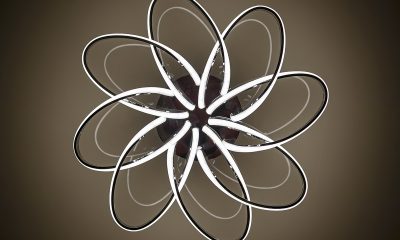
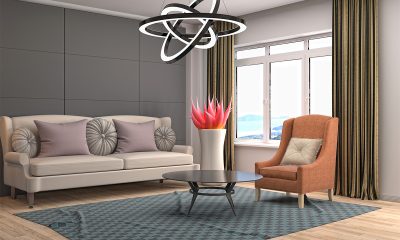
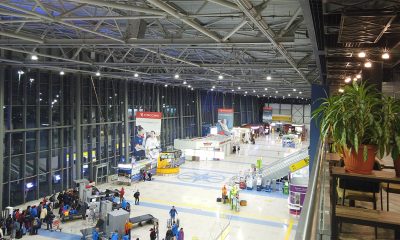
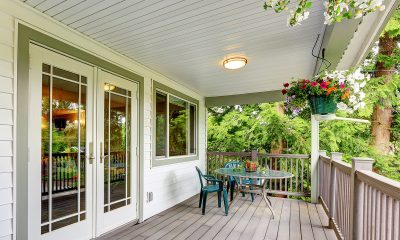
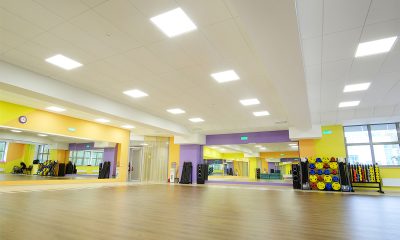
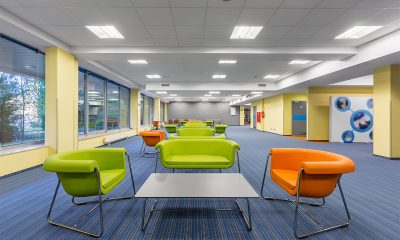
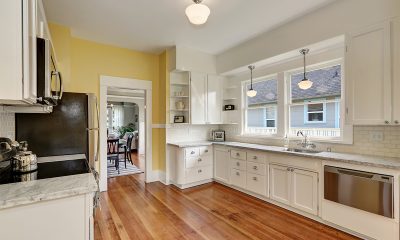
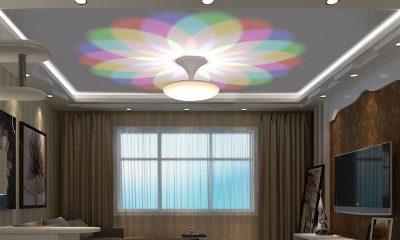
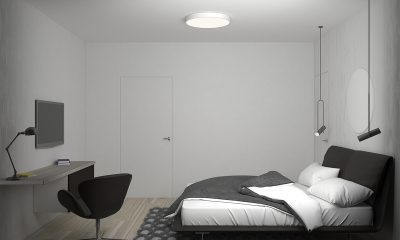
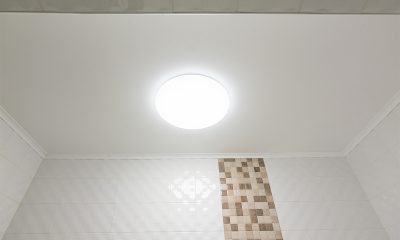
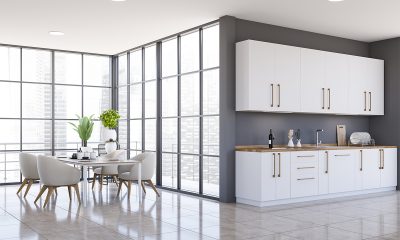
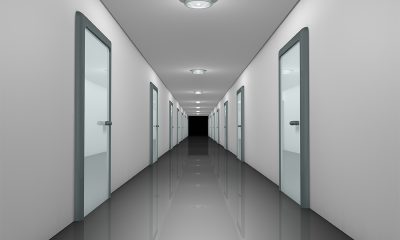





Loading...